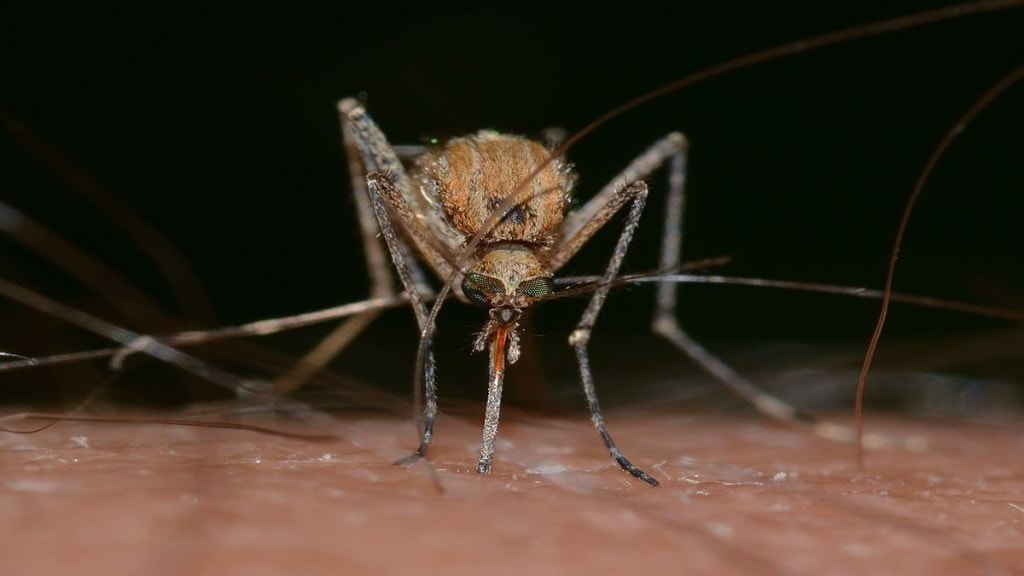By Sriram Natarajan
Amid monsoon seasons, when mosquito activity and disease transmission rates are higher, sensitive and accurate diagnostics become particularly valuable. Early detection of vector-borne diseases allows for prompt medical intervention, appropriate patient management, and implementation of necessary public health measures to prevent further transmission.
Zika (ZIKV), Dengue (DENV) and Chikungunya viruses (CHIKV) co-circulate in the same geographical areas during the same seasonal period through the same biting arthropods. The Zika virus, in particular, had a significant impact when it emerged as a global public health concern in 2015 and 2016. The virus quickly spread across multiple continents, primarily in tropical and subtropical regions, affecting countries in the Americas, Asia, and the Pacific. Though it is now considered to have endemic or sporadic circulation in some regions, it remains an ongoing concern, and continued vigilance is necessary to monitor and respond to future outbreaks.
However, although frequently asymptomatic, the symptoms of a ZIKV infection are quite similar to those due to DENV or CHIKV. Hence, a ZIKV infection can easily be confused with a DENV or CHIKV infection. Identification of the specific virus can help clinicians manage the infection more effectively.
A rapid differential diagnosis of the three viruses would therefore be of considerable help in disease management. Molecular tests are the most specific, sensitive diagnostic tools for ZIKV, DENV and CHIKV in the early phases of acute infections. Nucleic acid detection methods such as PCR have been found most reliable, quick, sensitive, specific, and economical to confirm ZIKV infection. Serologic tests are available but the antibody detection is delayed compared to the RNA detection. Moreover, their interpretation may be compromised by cross-reactivity due to previous arboviral infections and/or vaccinations.
Moreover, the early and accurate detection offered by PCR tests allows for timely public health interventions and targeted control measures. Establishing a robust surveillance system is also crucial to detect and monitor Zika virus cases promptly. This includes tracking reported cases, conducting laboratory testing, and monitoring mosquito populations.
PCR plays a pivotal role in mitigating the co-circulation of Zika and Chikungunya viruses by facilitating accurate diagnosis, surveillance, early detection, and research. These applications enable healthcare providers and public health authorities to respond effectively to outbreaks, prevent further transmission, and protect public health.
(The author is a Founder, Director and CEO, Molbio Diagnostics. Views expressed are personal and do not reflect the official position or policy of the FinancialExpress.com.)








